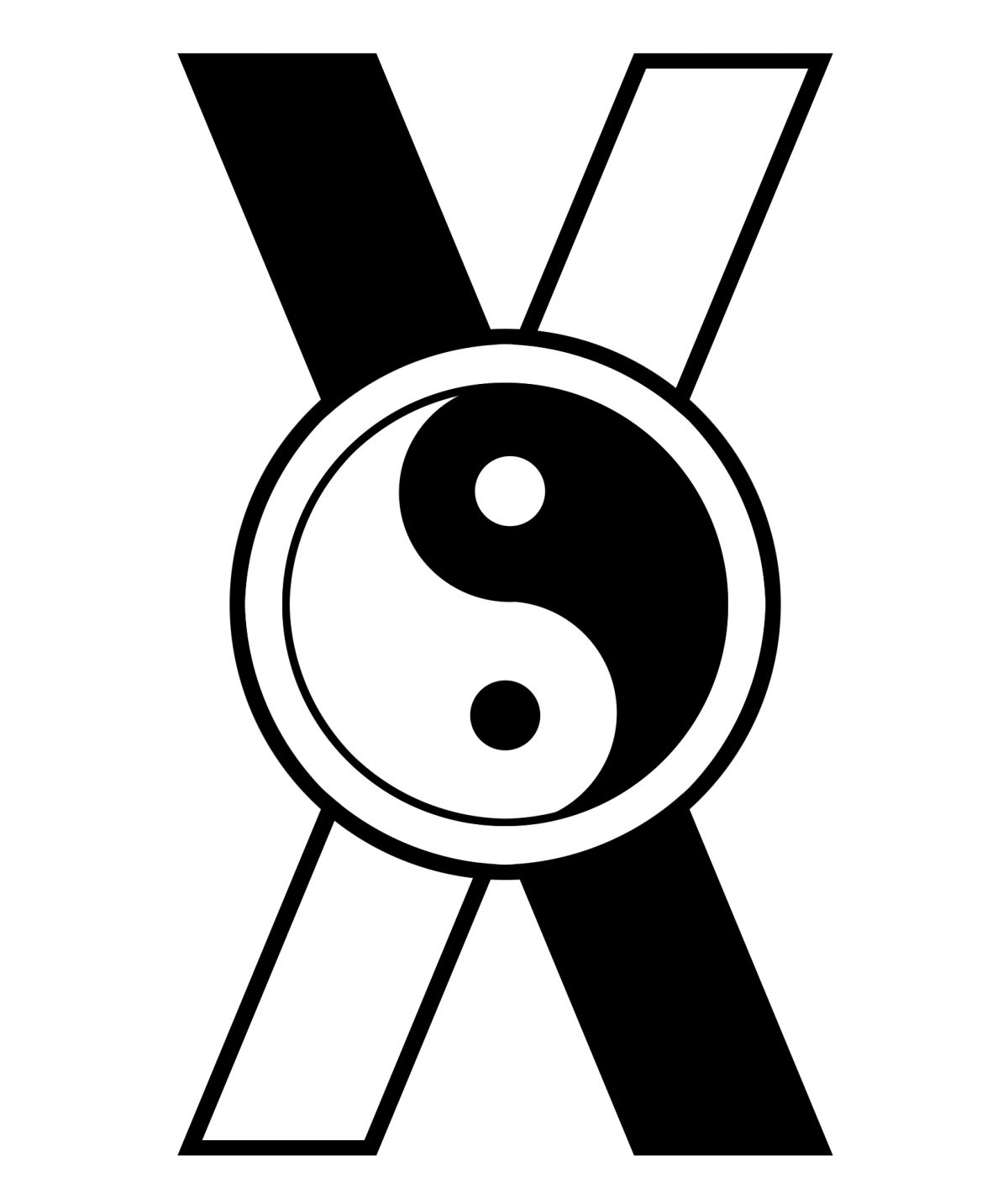We’ve heard the term Cybernetics many times, enough it’s hard to remember it’s use in technology isn’t the only meaning – or the original one. It’s the discipline of cybernetics, how feedback works. There’s quite a history there, and one worth studying if you want to get into it and possibly blow several hundred dollars on obscure books.
I took a casual interest in the basic ideas decades ago, but recently was reminded of it via the book The Unaccountability Machine. This book uses some theories and ideas from “Cyberneticist” Stafford Beers to explain why organizations seem to “go mad,” but also includes many asides on some wild and weird days when Cybernetics came to be.
One of the concepts the author explores – and the book, though amiable, can be a little heavy – is that complicated systems may not be worth explaining. It may take too much work to explain, may require breaking the system, and might just be beyond your capacities. Instead you can check the input, check the output, and otherwise not screw around.
I found this concept useful not just in my career, where I manage projects and try not to lose my mind, but in meditation. In some forms or phases of meditation, why is just disruptive.
In my own use of Golden Flower style breath meditation the goal is to tune your breath finely, to make it as slow as even as possible, that being your only focus. It’s too easy to analyze why you’re not doing it right, or what it should be, or anything else. This is especially bad if you have some experience with meditation – I’m sure you’ve been there wanting to get “back” to a meditative state.
I’ve been there to.
But I found lately that when I fret over meditative states that the idea of “do it and see what happens” from cybernetics helps me not fret. I tune and follow my breathing and what ever arises arises. It’s not supposed to be anything as the point is “doing and seeing” and trying to break it down or atomize it is not only difficult or impossible, there’s no point to it.
You’re just breathing and experiencing, and this feedback gets you to where you should go eventually. There’s no need to really try to take the system apart, and in fact you both can’t as the current “you” is the system, you’ll just get lost, confused, or worse anyway. So just do it and let input and output do its thing.
It’s a good reminder that, when you’re on a mystical path, to always be open to learning – and to not assume lessons are confined to a single sphere of knowledge. Not only do I have a new tool in my arsenal as a project manager, I also have a better way to understand meditation – and my own bad habits of “wanting to know how it works.”
